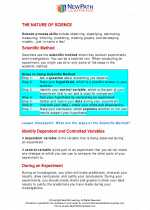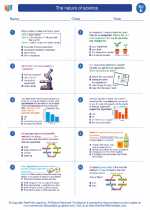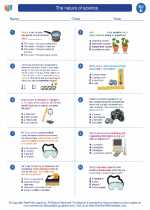Intestines
The intestines are a part of the digestive system, which is responsible for breaking down food and absorbing nutrients. There are two main sections of the intestines: the small intestine and the large intestine.
Small Intestine
The small intestine is where the majority of digestion and nutrient absorption takes place. It is approximately 20 feet long and is divided into three sections: the duodenum, the jejunum, and the ileum. The walls of the small intestine are lined with tiny finger-like projections called villi, which increase the surface area for absorption of nutrients into the bloodstream.
Large Intestine
The large intestine, also known as the colon, is wider in diameter but shorter in length compared to the small intestine. Its primary function is to absorb water and electrolytes from the remaining indigestible food matter and to form feces for elimination. The large intestine is also home to a large population of beneficial bacteria that aid in the final stages of digestion and produce certain vitamins.
Study Guide
- What are the two main sections of the intestines?
- Describe the function of the small intestine.
- What are the three sections of the small intestine?
- What is the role of villi in the small intestine?
- What is the primary function of the large intestine?
- What is the other name for the large intestine?
- What is the role of beneficial bacteria in the large intestine?
◂Science Worksheets and Study Guides Fifth Grade. The nature of science

 Worksheet/Answer key
Worksheet/Answer key
 Worksheet/Answer key
Worksheet/Answer key
 Worksheet/Answer key
Worksheet/Answer key
